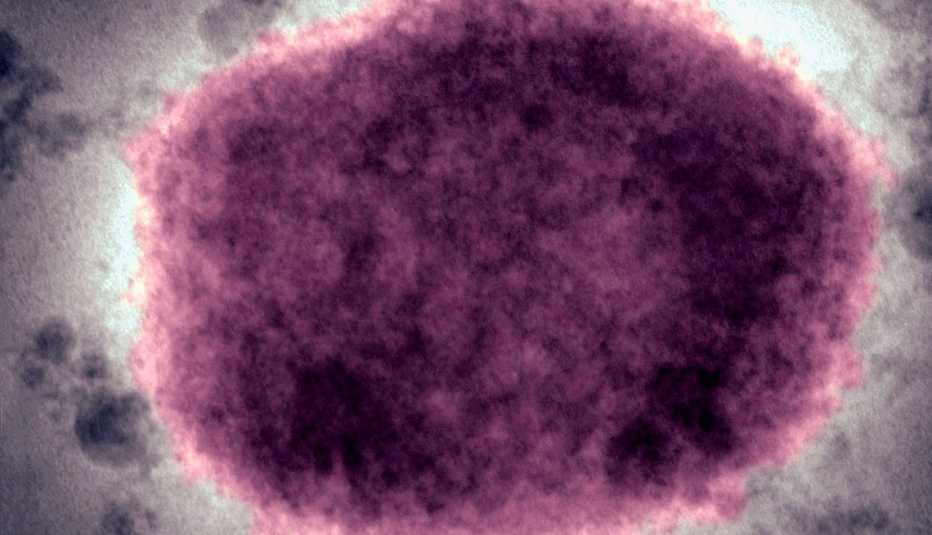AARP Hearing Center


Don’t panic. Yes, the World Health Organization has again declared mpox a global health emergency, but the latest outbreak is limited to the Democratic Republic of the Congo and its neighbors.
The Centers for Disease Control and Prevention notes that the risk of mpox, previously known as monkeypox, is very low in the United States, and vaccines are available that should protect against the variant now spreading in Africa. The CDC recommends two doses of the Jynneos vaccine for the best protection for those most at risk. The ACAM2000 smallpox vaccine is also available for immunization against mpox in high-risk individuals, under an expanded approval the Food and Drug Administration granted on Aug. 29.
Am I at risk for mpox?
Unless you come in direct contact with an infected person, you are at little risk of developing mpox, according to health officials.
But you can take steps to prevent getting mpox, according to the CDC’s recommendations:



































































More From AARP
8 Major Health Risks for People 50 and Older
A look at the top killers — and how to dodge themAlaskapox: What You Need to Know
Cats and dogs may spread the virus
Should You Be Concerned About the Bubonic Plague?
A case of the black plague has been reported in OregonRecommended for You